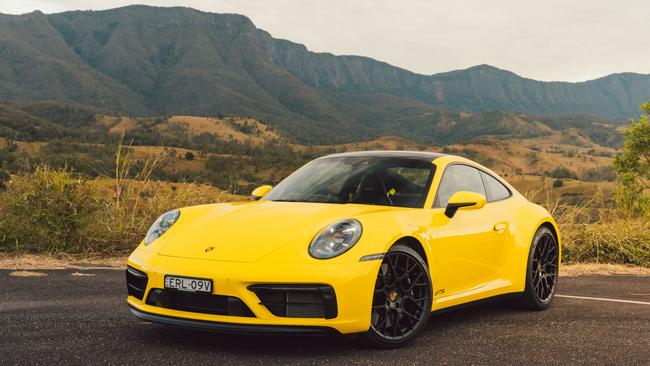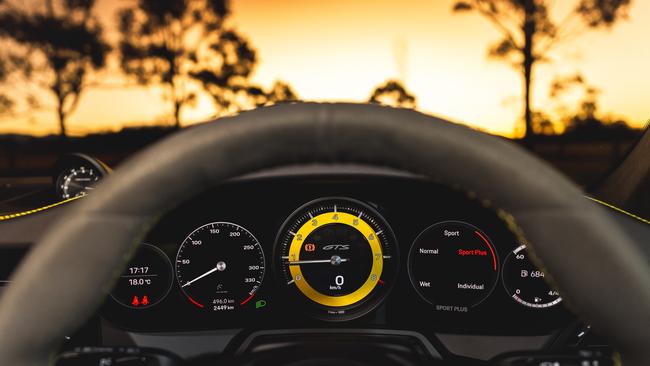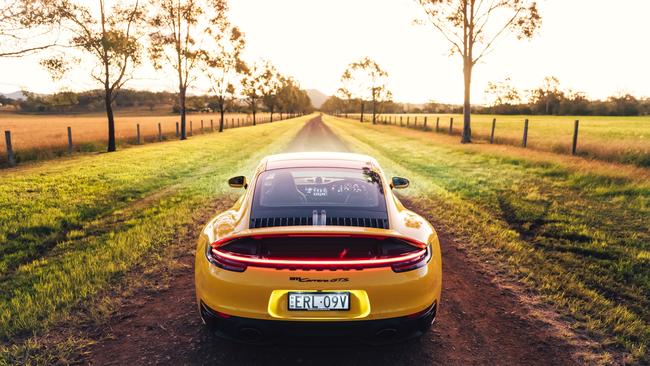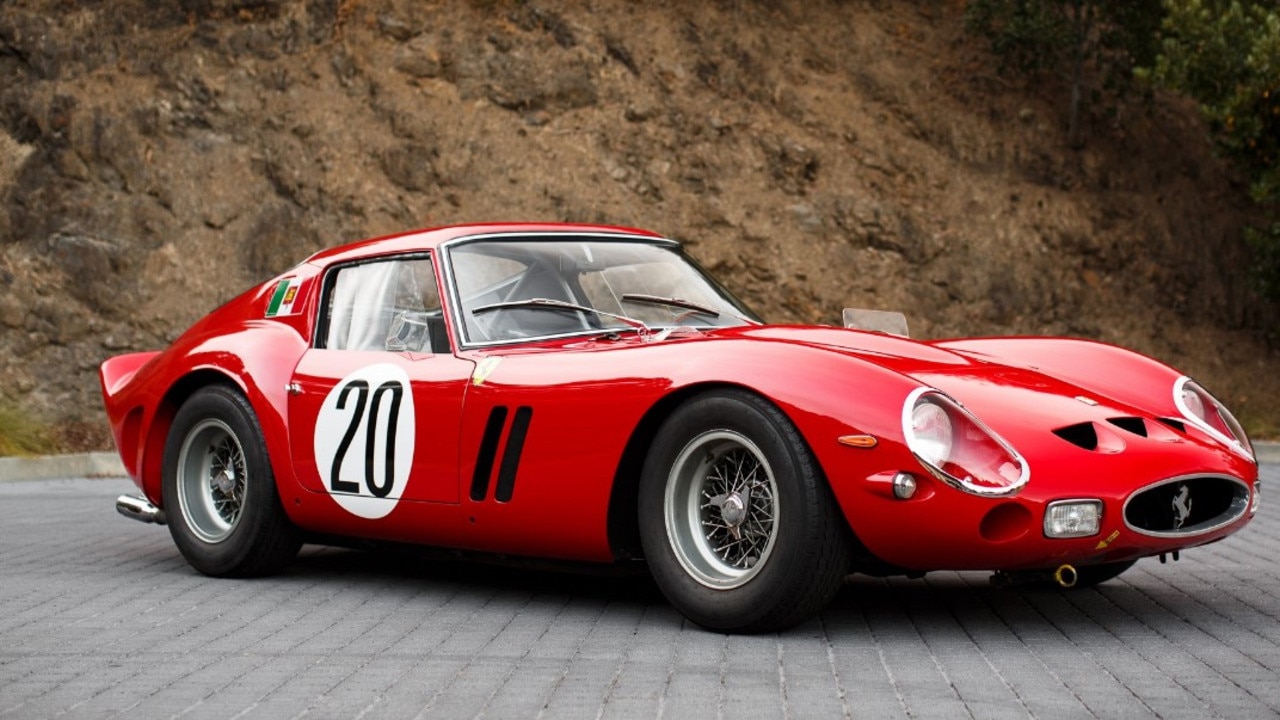The 911 GTS review: it’s the ultimate driving machine

I have often thought that if God had shown the marketing department at Porsche an early model of a mandarin, he would have been sent straight back to his lab with a note advising: “Not enough segments.”
You no doubt know that Porsche makes a car called the 911, and that it is one of the greatest gifts that engineering has ever bestowed upon the human race, but you might not be aware that it is available in roughly 300 flavours, and that they keep adding new ones, at price points ranging from the almost imaginable to the astonishingly absurd.
You can have a Carrera, a Carrera S, a GT3, a GT2, a Targa with a funny roof, various convertibles, a Carrera 4 with all-wheel drive, a properly supercar fast Turbo, or an even faster Turbo S. But the fact is, you really don’t need any of those because buried somewhere in the middle but close to the top of the range is the 911’s sweet spot, the ur-Porsche and thus the ultimate driving machine: the GTS.

When people ask me what car I would actually buy with my own money, if I had any, I always say a 911, but if the person asking is a car obsessive, I add the appellation GTS and we give each other a knowing nod and make happy, clicking sounds of appreciation like car-driving whales.
Why is the GTS (Gran Turismo Sport) so good? Well, it takes the best bits of all the 911s – the slightly wider tail, the soft and sexy Alcantara steering wheel, the fast-but-not-stupid-fast engine – and combines them to make a car that you can take for a long, invigorating and yet still comfortable country drive one day, and then to a track the next for a serious, frightening fang.
Recently, Porsche invited me to the launch of its new 911 GTS, which made me chirrup in delight, and then they added that we’d also be driving a new, GTS-badged version of its tearaway Taycan electric car on the same day, which left me slightly suspicious, but nowhere near as discombobulated as I was after a few hours of driving the two of them, back to back, and on a race track.
The 911 was, of course, as perfect as the day on which you are allowed to sleep in until 10am, woken by the smell of pancakes cooked by a doe-eyed Natalie Portman, washed down with a tonic from the Fountain of Youth and then informed that you have simultaneously won the lottery in three different countries.

The particular GTS I drove (there are no fewer than five GTS variants, of course, because mandarins) was fitted with a seven-speed manual gearbox (which now has an even shorter shift, can rev for you on down changes and has a 10mm shorter knob, which is not something often celebrated), made howling, growling, rasping noises that caused the hair all over my body to dance and was connected directly to my brain via steering of supreme superlativity.
It was fast (0 to 100km/h takes 3.3 seconds in the automatic GTS, while the manual is 0.7 of a second slower, yet I care not) but not intimidating, firm but never too hard. It is no mere car but a Germanic Goldilocks on wheels, and it made me very happy, particularly on the track where we were allowed to wring its gorgeous neck.
It was with some trepidation, then, that I switched to the Taycan, a car I also like very much, in isolation, but which, as I suspected, suffered from being driven back to back with a 911 the way that you would suffer if you had to have dinner with me after sharing an entree with George and/or Amal Clooney.
The obvious problem was the lack of exciting, exploding-petrol noises, which is something you can cope with when driving an enthusiastic EV, unless there’s a 911 GTS parked nearby. The other problem was that the Taycan GTS – which is also the sweet spot of its range; less deranged than the 2.5 seconds to 100km/h Turbo S but far more exciting than the entry-level versions – weighs as much as a big, fat SUV, at 2.3 tonnes.

This should make it as much fun to drive around a race track as a very powerful garbage truck but somehow, and partly thanks to the naturally low centre of gravity of EVs (a lot of that weight is in the battery, but at least it’s all under the floor), it actually works.
For the first few laps there’s a sense that you are locked in a battle with the laws of physics that you have no right to be winning, but then you adapt, and there’s a definite sense of relief at the fact that track driving will still be possible, and even enjoyable, when internal-combustion engines are banned.
Indeed, while it can “only” hit 100km/h in 3.7 seconds, the instant thrust out of corners that the $241,900 Taycan GTS provides is even more impressive than the old-school shove of the 911.
In the end, however, I can’t imagine that anyone could drive these two vehicles on the same day and want the Taycan. The 911 GTS is pure Porsche perfection, and you really should buy one, a manual one, for $314,800. Or just wait a minute, and Porsche will design you a new one.
PORSCHE 911 GTS
ENGINE: 3.0-litre flat six cylinder (353kW/570Nm). Average fuel 10.7 litres per 100km TRANSMISSION: 7-speed manual, rear-wheel drive
PRICE: $314,800
STARS: 5 out of 5


